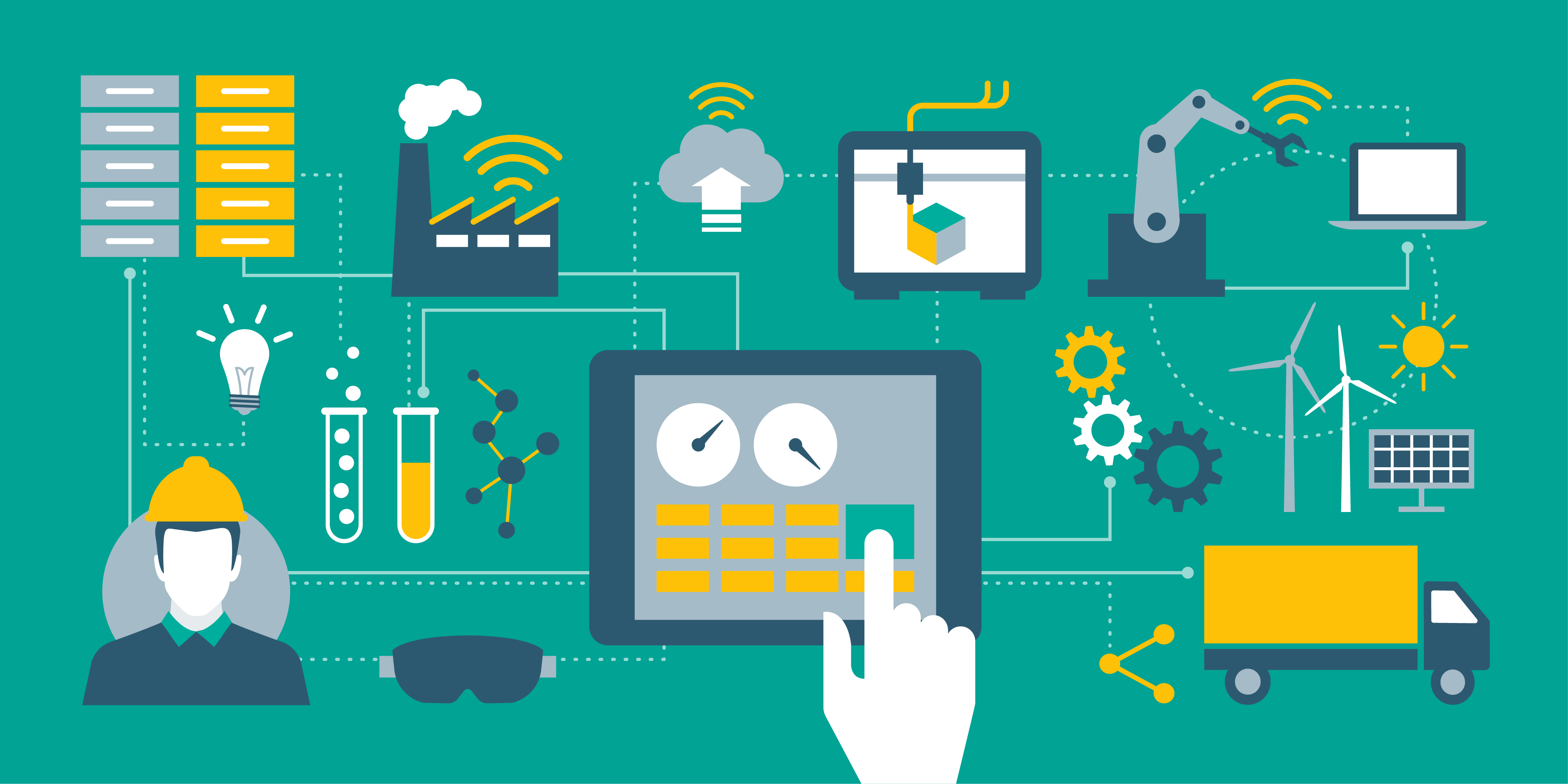The world of technology has witnessed a dramatic shift in the past decades, with a particular focus on the issue of remote working environments. With the increase of remote working environments organizations are forced to equip their employees with the latest technological advances. PC as a Service (PCaaS) and Hardware as a Service (HaaS) have become viable options to meet this need.

The rise of PC as a Service (PCaaS)
PCaaS is a well-liked leasing option in the world of tech and often it’s paired with lifecycle services. This approach to business is innovative and frees them from the lengthy and costly task of purchasing, configuring and shipping PCs.
PCaaS is, in essence, simplifies IT processes and makes it easier for organizations to provide employees with the necessary tools particularly as technology is constantly evolving. This leasing model addresses not just hardware requirements, but also lifecycle management. It ensures that technology is always up-to-date and effective.
Automating Onboarding With PCaaS
PCaaS is a great option for streamlining and automating the onboarding process of employees. The process of onboarding new employees used to be a tedious and time-consuming procedure. PCaaS facilitates this by supplying preconfigured devices ready to use, thereby reducing the amount of time and energy needed to start onboarding.
Automation is a key component of PCaaS, allowing organizations to effectively manage their duration of the equipment’s lifecycle. This improves performance and efficiency, allowing IT departments to concentrate on strategic initiatives, instead of getting caught up in routine setup tasks.
PCaaS vs. HaaS Understanding the differences
While PCaaS and HaaS may seem interchangeable, they do have distinctions. PCaaS includes a broader array of services, which includes support, software and lifecycle management in addition to the leasing of hardware. HaaS, on the other is primarily a lease of hardware. It can also encompass other services but is not as comprehensive as PCaaS.
PCaaS is much more than leasing of hardware. It offers a holistic solution that meets the changing demands of modern business. It is in line with the concept of simplifying IT as well as reducing costs and improving the overall employee experience.
Its Effect on Business Efficiency
PCaaS is a highly effective instrument for enhancing the efficiency of business. This is particularly the case for large enterprises with employees spread across the globe. Traditional methods of managing hardware, and making sure it is regularly updated can be resource-intensive and cumbersome. PCaaS relieves the burden of internal IT services, providing an organized approach to managing the entire equipment lifecycle.
PCaaS allows organizations to streamline their processes, increase efficiency, and cut down on operational complexity. The time and resources saved can be put to use on strategic initiatives that promote growth and innovation.
Uncovering the Hidden Complications and Selecting the right PCaaS
While PCaaS provides significant benefits It is crucial to recognize that not all PCaaS options are alike. Businesses should carefully evaluate and choose a PCaaS service that meets their needs. There could be hidden complexities within service level agreements (SLAs) or support integrations with software and prices.
It is crucial to comprehend the PCaaS terms and conditions, as well as how comprehensive the service is. It will ensure that the PCaaS provider truly meets the requirements of the business and positively impacts the business processes.
Final Thoughts on PCaaS and HaaS: Achieving Efficiency
Choosing innovative solutions like PCaaS or HaaS in a constantly changing technological environment is a wise decision for businesses. PCaaS specifically gives a complete solution to managing the software and hardware needs as well as automating onboarding and improving the efficiency of an organization.
While PCaaS shines in its capability to streamline IT and improve the experience of employees, HaaS offers a more focused on hardware. The company should take the time to evaluate their requirements before choosing the best solution with their objectives.
In the age of digitalization in which efficiency and agility is paramount, embracing PCaaS or HaaS could pave the way for a more streamlined and productive future. These services not only provide the tools required for technology, but also allow firms to reduce their energy and time.